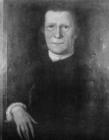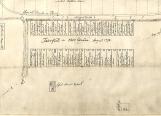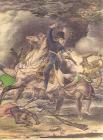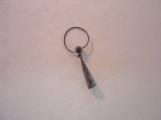1
Fairfield On The Thames3
Fairfield Museum and National Historic Site is located on the Longwoods Road (formerly Highway #2) half-way between Thamesville and Bothwell (the junction of Highway 79 and the Longwoods Road).5
Under the leadership of David Zeisberger, a dedicated Moravian missionary, the village of Fairfield was founded by the Moravians and their Delaware Nation converts. This group had spent the previous ten years moving from Eastern Pennsylvania across what is now Ohio and eventually into Upper Canada in an effort to escape the ravages of the American Revolution. Being a peaceable people and refusing to fight on either side during the Revolutionary War, they were treated with suspicion and often badly. When they moved up the Thames river and found what they thought would be a sanctuary from the violence of these perilous times, they proceeded to build the village, clear the land, and till the soil while continuing their religious work among the native people of the area.7
For the next twenty-one years, the Moravians and their Delaware Nation companions enjoyed the fruits of a successful community. A church and school were built along with some forty individual dwellings.9
The village became a haven for travellers, traders and merchants as well as prominent figures of the time in the persons of John Graves Simcoe and Joseph Brant. No one was ever refused food and shelter, except whiskey and rum peddlers.Unfortunately, the continuance of the village was not to be as the events of the War of 1812 unfolded. The American pursuit of General Proctor ended with the Battle of the Thames where the Americans soundly defeated the British and their Native Allies led by the great Shawnee Chief Tecumseh, who was killed during the battle.
10
Stanley Gamble, after whom the site was originally named.1942
Across the highway from the Gamble (Fairfield) site
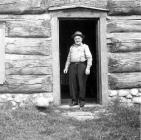
11
On October 7, 1813, the Americans under General Harrison burned the village after having sacked it on the pretext that it was a British military outpost. The Delaware and the Moravians fled to Burlington Heights and there spent the winter of 1814. In 1815 they returned and established New Fairfield across the river from the old site. This mission lasted the rest of the century.The burned village gradually gave way to the forces of nature. It was largely forgotten until in the 1930s, under the guidance of Stanley Gamble interest was kindled and from1942 to 1944 an archaeological dig was undertaken by Wilfrid Jury.

